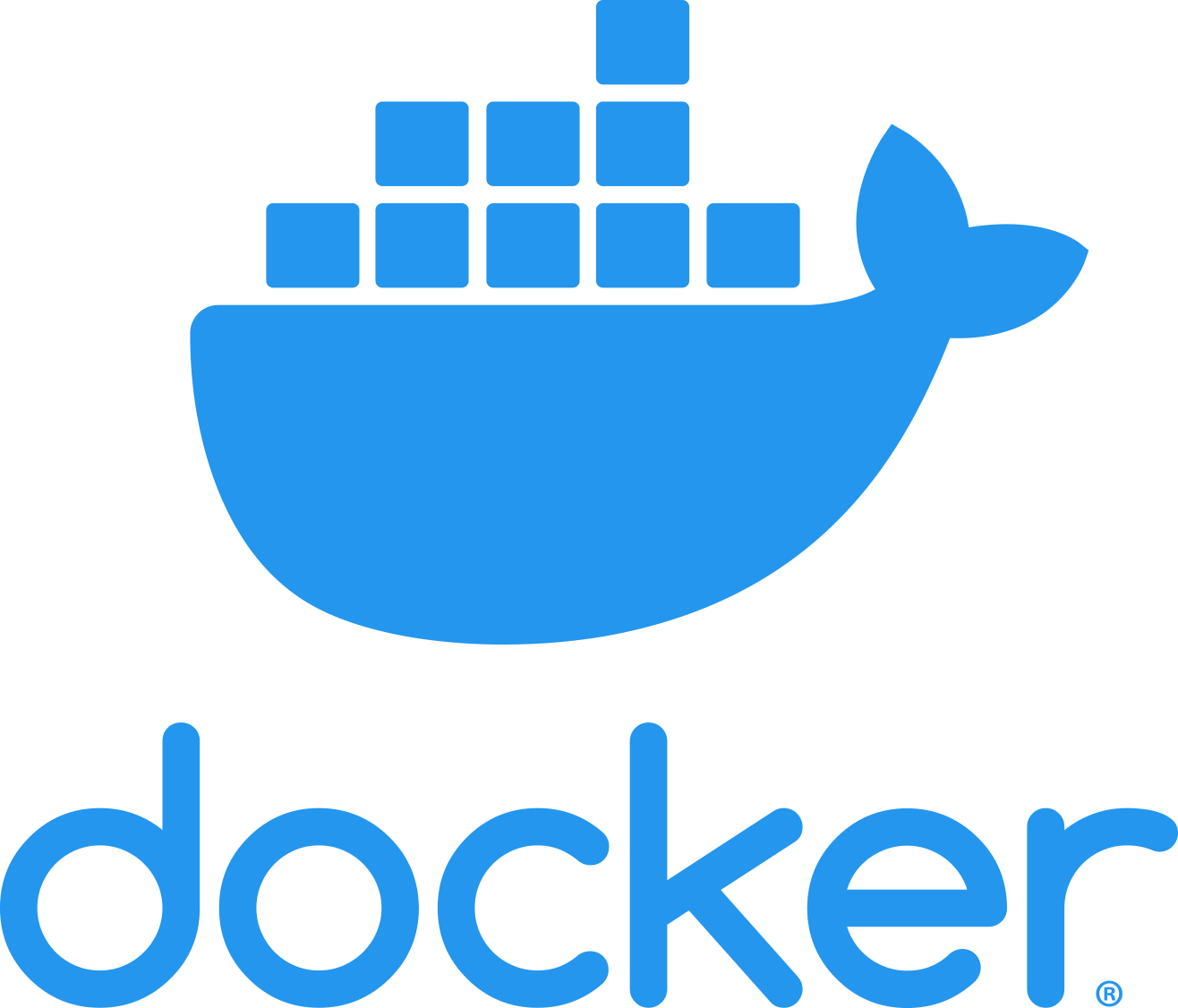So Scout scans for vulnerabilities. Big deal - every security tool claims to do that. The question is whether it actually helps you fix problems or just creates more work. Here's what you're actually getting.
Every container image you deploy is full of vulnerabilities you don't know about. That Node.js base image from Docker Hub? It's probably carrying dozens of CVEs including remote code execution bugs. The Ubuntu layer underneath? More vulnerabilities, some critical. Docker Scout finds these security holes before they bite you in production.
The Problem: Container Images Are Security Nightmares
Container images are essentially layered snapshots of entire operating systems plus your application code. Each layer introduces packages, libraries, and dependencies that accumulate vulnerabilities over time. Enterprise container images contain hundreds of packages from different sources - base OS crap, language runtimes, app dependencies, and third-party libraries that create a huge attack surface.
This is where Scout comes in - it scans every piece of your image and tells you what can kill you. Lists every package from the base Alpine stuff to your Node dependencies to that random Python library you added months ago and forgot about. Then matches everything against vulnerability databases like the National Vulnerability Database to see what's broken.
How Docker Scout Actually Works
Local Analysis: Scout runs on your machine through Docker Desktop, so your code doesn't get sent to random servers. It digs through your container layers to find packages and versions, then matches them against known vulnerabilities. Sometimes it's fast, sometimes it takes forever - especially on large images.
SBOM Generation: Scout spits out a software bill of materials listing every component in your image. This includes the crap you added directly and all the dependencies those libraries dragged in - the transitive dependency hell that causes most security problems. Export formats work with compliance tools if your company makes you deal with auditors.
Vulnerability Matching: Scout checks for new vulnerabilities constantly and updates your results automatically. When a new CVE drops, Scout will flag images you scanned weeks ago. This is actually useful since vulnerabilities get discovered after you build images.
Remediation Guidance: Scout tells you what to fix instead of just listing problems. Base image vulnerable? It suggests a newer tag. App dependency broken? It tells you which version to upgrade to.
I learned this the hard way when Scout suggested upgrading from some old Node 16 image to Node 18 to fix CVE-2022-35256. Seemed reasonable until the build broke with TypeError: util.isUndefined is not a function. Turned out our app was using deprecated APIs. Spent 4 hours tracking down old utility function calls that needed updating to manual checks. The security holes were real, but Scout doesn't warn you that fixing them might break your application. Took down staging for 3 hours while we figured this shit out.
Integration Points That Actually Work
Docker Desktop: Scout shows up right in Docker Desktop's GUI with vulnerability counts next to your images. Click an image and you get a security report. It's actually convenient since you don't need to remember CLI commands or set up another tool.
Docker CLI: The docker scout command scans images from the terminal. Works on local images, registry images, whatever. Useful for CI/CD if you can get it working reliably - sometimes it just hangs on large images with no error message, just sits there forever. Our huge ML training image - think it was like 2.2GB or something with a shitload of layers - would never finish scanning. Took forever to refactor with multi-stage builds but now Scout finishes way faster.
Docker Hub: Push to Docker Hub and Scout scans automatically, showing vulnerability info on your repo page. This actually helps when you're trying to figure out which image tag is least broken.
CI/CD Platforms: Scout has plugins for GitHub Actions, GitLab, and Jenkins. The GitHub Action is solid, GitLab works fine, Jenkins plugin crashes half the time for no apparent reason. You can configure them to fail builds on critical vulnerabilities, which broke our deploys for a week until we figured out policy tuning.
Current Pricing (As of September 2025)
Personal (Free): 3 Scout-enabled repositories since they jacked up pricing last year. Decent for individual projects but still limiting for serious work.
Pro ($9/month annually, $11 monthly): Unlimited Scout repositories with continuous vulnerability analysis, plus other Docker stuff.
Team ($15/month annually, $16 monthly per user): Unlimited Scout repos, team management and collaboration features.
Business ($24/month per user): Enterprise features, unlimited everything, priority support, compliance shit.
Docker bundled Scout into all paid plans when they jacked up prices last year. Pro jumped from $5 to $9, Team went from $9 to $15. Nice if you want Scout, sucks if you just needed basic Docker stuff and now you're paying double.
What Scout Catches (And What It Doesn't)
What Scout Finds: Known CVEs in packages, outdated dependencies, basic Dockerfile mistakes, and secrets you accidentally left in images. Pretty good at catching the obvious stuff.
What Scout Misses: Zero-days (obviously), sophisticated attacks, runtime problems, and bugs in your actual code. Also misses weird edge cases and sometimes flags things that aren't actually exploitable in your environment.
Scout catches most of the common security problems, which is honestly enough for most teams. Just don't expect it to find everything - you still need other security tools and practices if you're serious about not getting owned.
Course, Scout isn't the only container security scanner out there. Before you get locked into Docker's ecosystem, worth understanding how it stacks up against the alternatives - especially since some of them are free and find more vulnerabilities.
